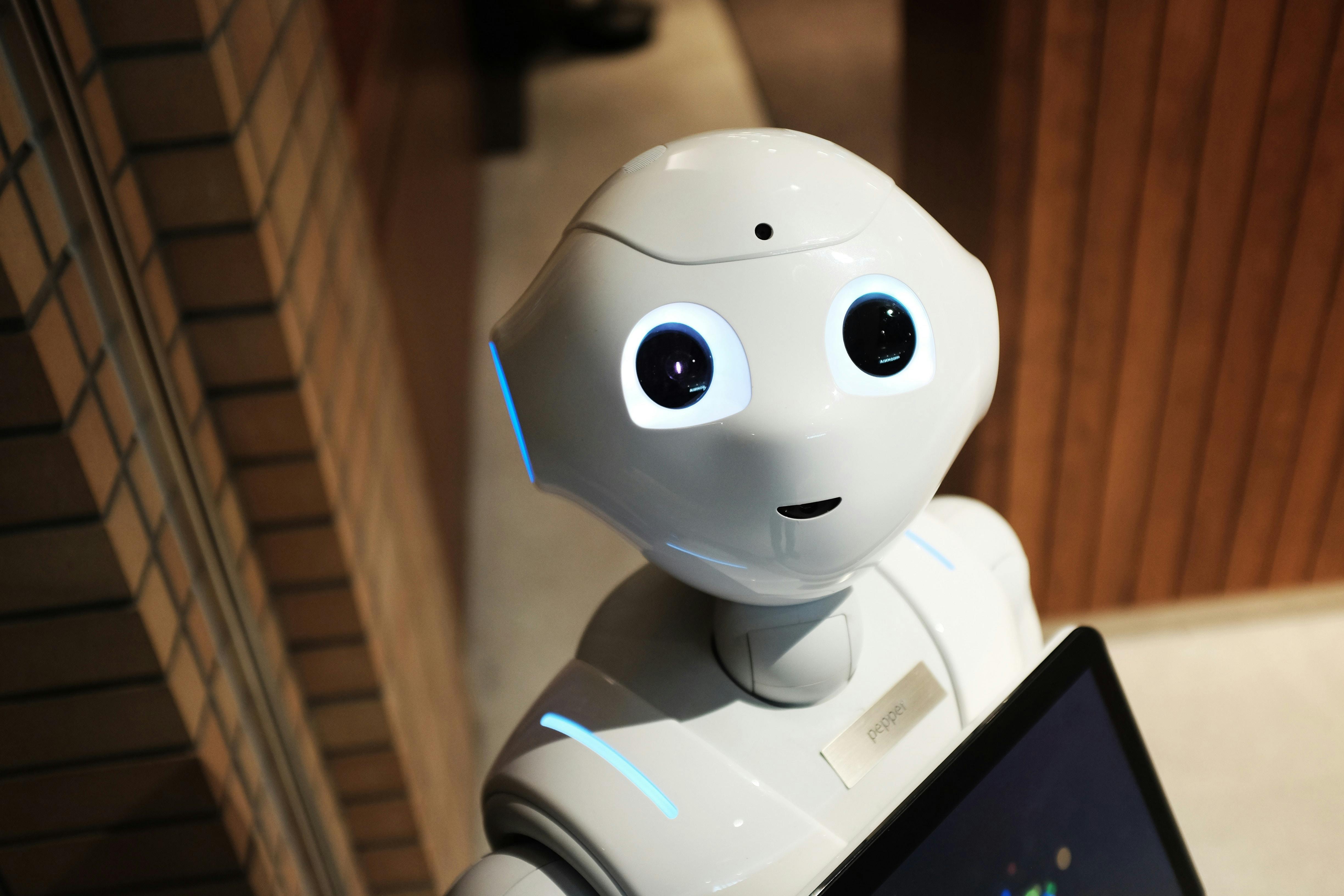In today’s world of education, teachers often feel pressure to create interesting and thorough course content amid their busy schedules. Enter AI course creators, who come to the rescue by providing time—and cost-saving solutions.
The impact of artificial intelligence is evident across different industries, including education, where significant changes are being made. Let’s explore how these advanced ‘create an online course with AI’ tools are transforming the field of education.

Streamlining Content Creation
Creating course materials can be a time investment for educators as they strive to create organized and engaging content for their students. Fortunately, AI tools designed for course creation can help simplify this task by automating aspects like developing syllabi and creating lecture notes and assignments. By utilizing datasets, these technologies can generate content that meets requirements effectively and efficiently. This not only speeds up the process of content creation but also guarantees that the materials are consistently of high quality and relevant to the subject matter.
Personalizing Learning Experiences
In a classroom environment, it can be quite difficult to personalize education for each student’s needs and learning speeds; however, with AI technology in place, courses can be customized to suit individual requirements by utilizing data on student progress and involvement. This enables AI course developers to adjust and deliver content that aligns with learning paths, resulting in improved comprehension among students while also allowing educators to save time and resources that would have been used for tutoring or individualized support.
Enhancing Grading Efficiency
Educators frequently mention that grading can be a time-consuming responsibility. AI systems are now being used to help reduce this workload by automating the grading of assessments, such as multiple-choice questions or fill-in-the-blank tests with cut answers. By using machine learning algorithms, these systems can manage quantities of grading and offer rapid feedback, making it easier for teachers to identify and tackle areas where students need help promptly.
Resource Allocation Optimization
AI course developers support schools and teachers in optimizing resource allocation by determining areas that need focus for materials or classes to avoid expenditures on redundant resources. For example, the use of intelligence analysis in education institutions can improve facility scheduling budget allocation, the development of course content, and the overall management of digital resources.
Continuous Improvement of Course Material
AI has an edge in its capacity to grow and enhance with time. AI instructors can regularly polish course content using recent academic studies and input from past classes. This guarantees that course materials stay modern and competitive, giving students a pertinent and recent learning experience.
Facilitating Collaboration and Sharing
Creators of AI courses also promote collaboration among teachers by consolidating course content and providing channels for sharing resources, allowing them to combine their skills and knowledge effectively. This collaborative effort speeds up the creation of top-notch educational materials while reducing redundant work efforts.

Reducing Administrative Burdens
Running courses involves many tasks that AI can significantly help with. For instance, organizing schedules, sending reminders, and managing student information can all be taken care of automatically. This gives teachers the opportunity to dedicate their time to teaching and interacting with students rather than getting caught up in work.
Breaking Language Barriers
For teachers instructing students with language backgrounds , AI-driven translation and language tools play a role. These tools aid in overcoming language obstacles and making materials accessible to all students in a language they comprehend, promoting a learning atmosphere and expanding educational prospects for students worldwide.
Conclusion
The incorporation of AI in settings is not a futuristic idea but a current reality that offers numerous advantages to both students and educators alike. By streamlining tasks and enhancing materials through AI technology, teachers can focus on fostering creativity and facilitating learning experiences for their students. This not only improves the quality of education but also makes it more convenient, effective, and tailored to individual needs. As these innovations progress further, the collaboration between AI systems and educators is expected to strengthen, bringing about transformations in the field of education.